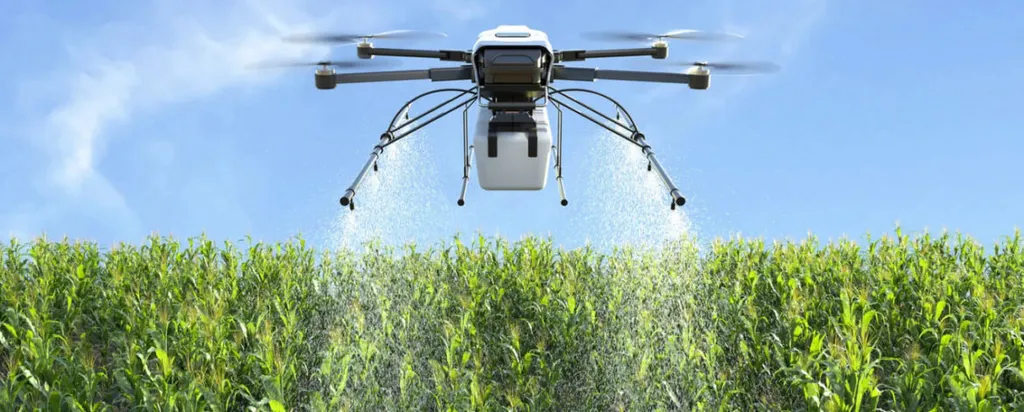In the heart of Türkiye’s Malatya province, a quiet revolution is taking place in the orchards of Hekimhan district. Researchers, led by Mevlüt İnan from Van Yüzüncü Yıl University’s Başkale Vocational School, are harnessing the power of unmanned aerial vehicles (UAVs) to transform agricultural spraying into a precision art form. Their work, recently published in the *Egyptian Journal of Remote Sensing and Space Sciences* (translated as the *Journal of Remote Sensing and Space Sciences*), is not just about efficiency—it’s about sustainability, optimization, and a future where technology and agriculture grow hand in hand.
The study introduces an innovative approach to pesticide application using UAVs equipped with spiral flight trajectories. By categorizing olive trees into small, medium, and large canopy-volume classes using high-resolution UAV imagery and advanced image processing, the team has developed a system that tailors spraying patterns to the specific needs of each tree. This isn’t just about covering more ground; it’s about covering the right ground, with the right amount of pesticide, at the right time.
“Our goal was to enhance operational performance while reducing environmental impact,” İnan explains. “By optimizing the flight paths and adjusting the spraying parameters for each tree size, we’ve seen an 85% improvement in spraying efficiency, a 15% reduction in chemical usage, and a 20% decrease in operational time compared to conventional methods.”
The implications of this research extend far beyond the orchards of Malatya. In an era where precision agriculture is becoming increasingly vital, this study offers a scalable, environmentally sustainable, and operationally efficient framework for pesticide application. The use of spiral movements ensures uniform droplet deposition across complex canopy structures, minimizing off-target drift and maximizing the effectiveness of each application.
For the agricultural sector, this means a shift towards more sustainable practices that not only boost yields but also reduce the environmental footprint. For the energy sector, which often intersects with agriculture through the production of biofuels and other agricultural derivatives, this research could pave the way for more efficient and sustainable energy crops. The precision and efficiency demonstrated in this study could translate into significant cost savings and environmental benefits across various industries.
As the world grapples with the challenges of climate change and resource scarcity, innovations like these are more important than ever. “This approach demonstrates considerable potential for widespread adoption in precision agriculture,” İnan notes. “It offers a replicable and adaptable framework for enhancing the efficiency and sustainability of pesticide application in diverse orchard systems.”
The study’s findings, published in the *Journal of Remote Sensing and Space Sciences*, highlight the transformative potential of UAV-based agricultural spraying. By integrating advanced imaging technology with optimized flight paths, researchers have shown that it is possible to achieve both operational efficiency and environmental sustainability. As the agricultural sector continues to evolve, this research could serve as a blueprint for future developments, shaping the way we approach pesticide application and precision agriculture as a whole.
In the end, this isn’t just about spraying trees—it’s about spraying smarter, more efficiently, and with a keen eye on the future. And in that future, the skies above our orchards may well be filled with the hum of UAVs, working tirelessly to ensure that our fields are not just productive, but sustainable.

